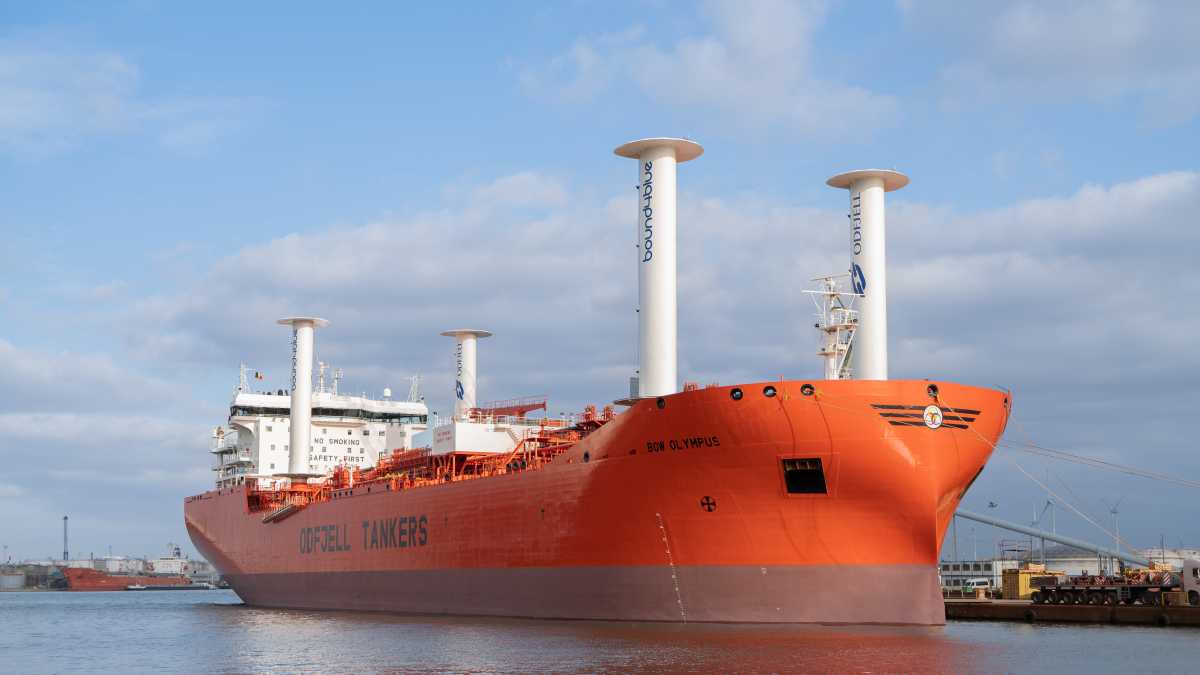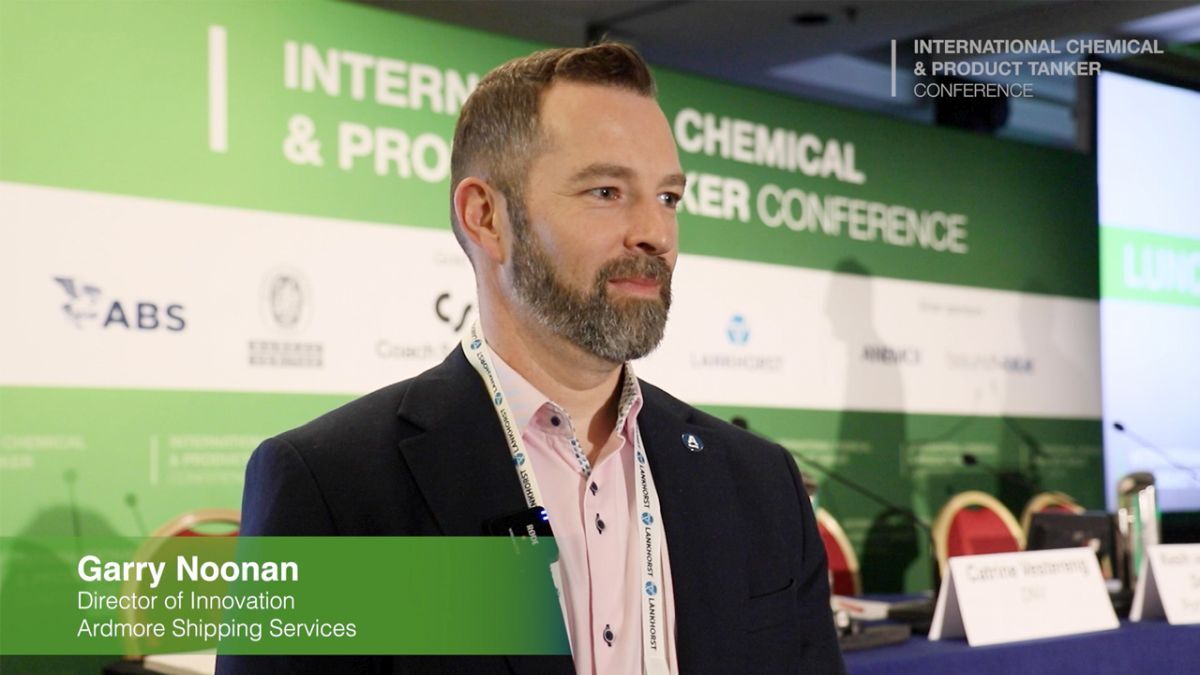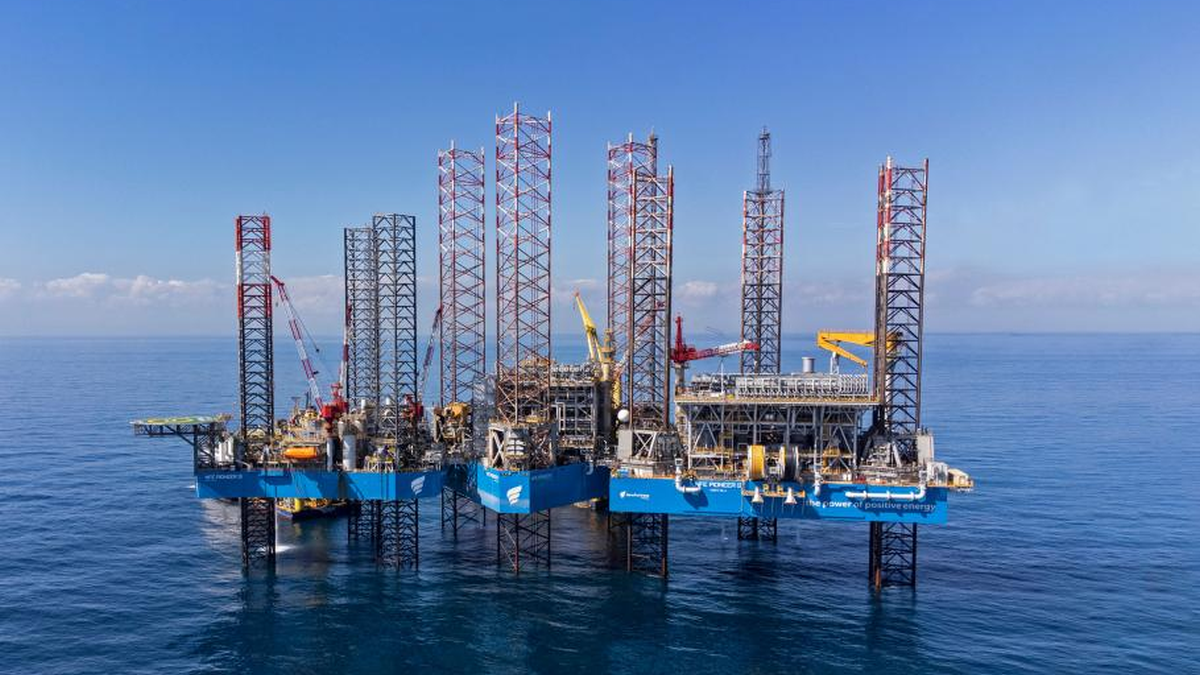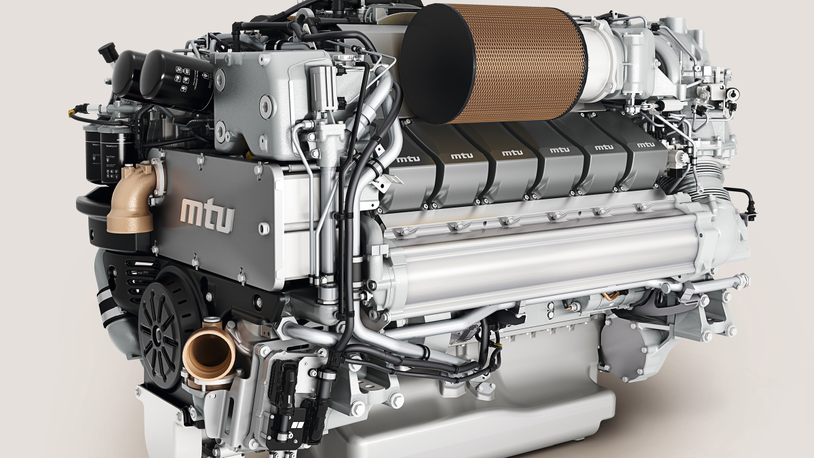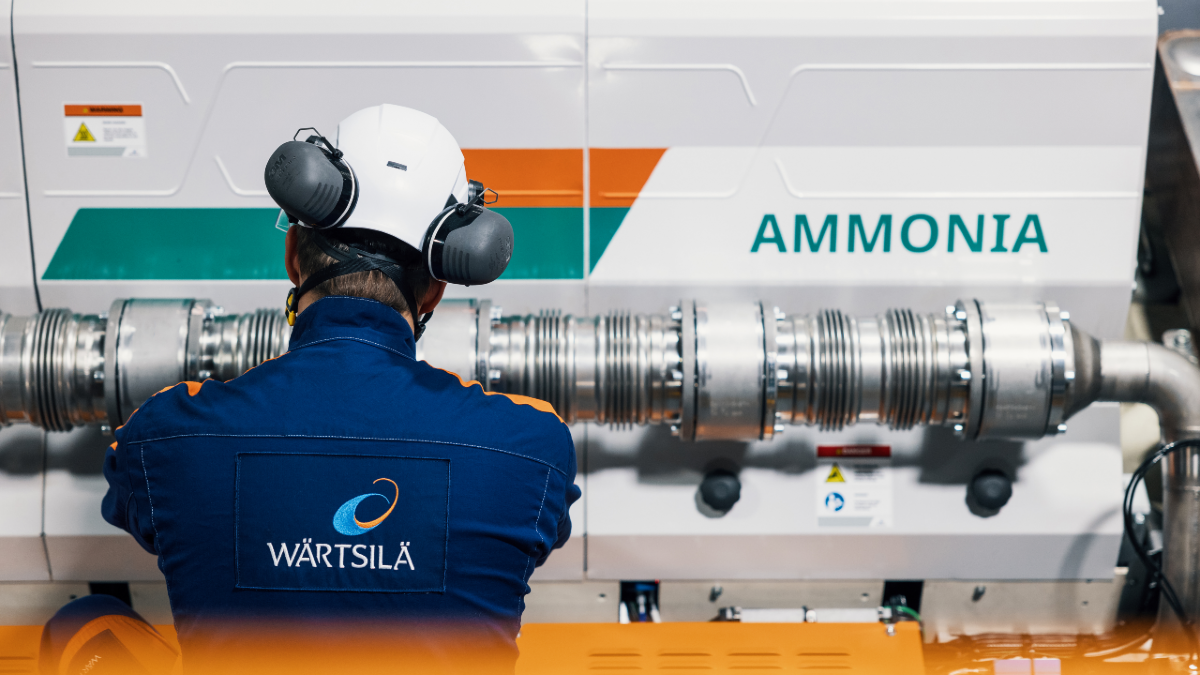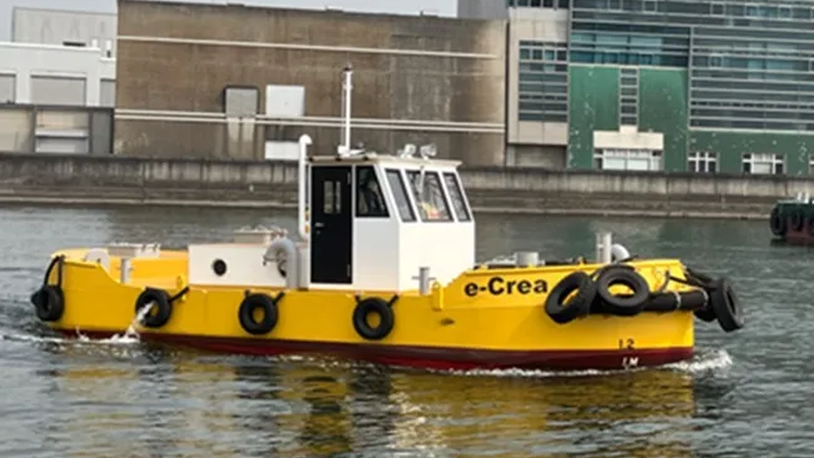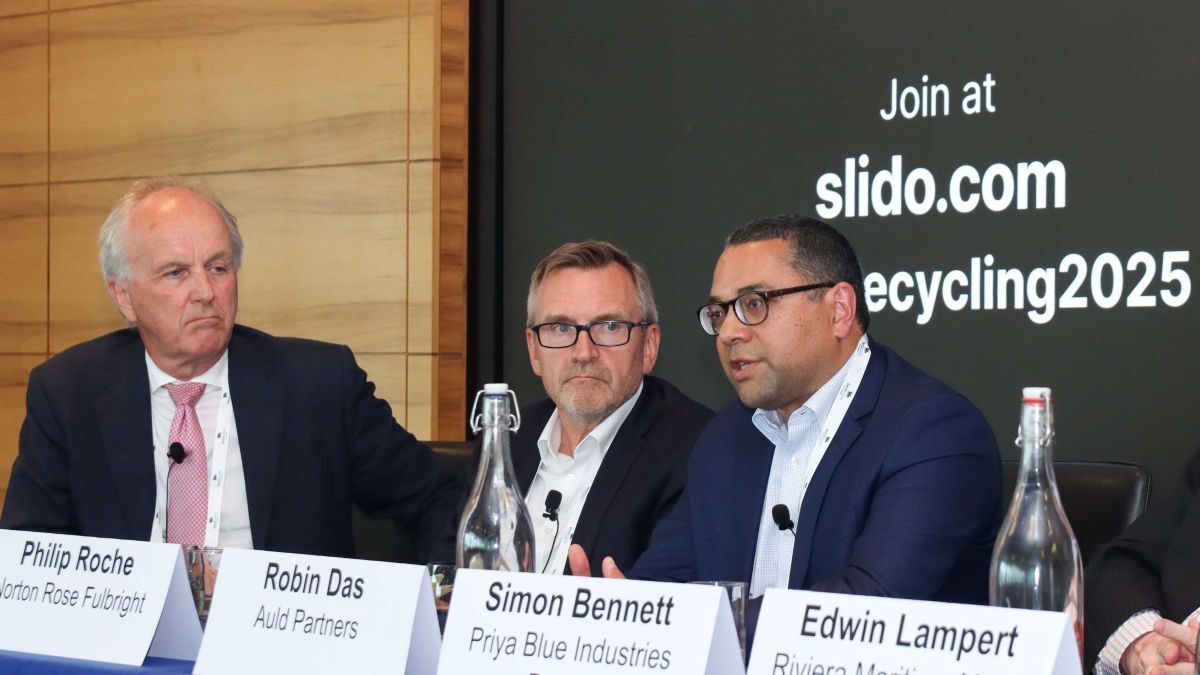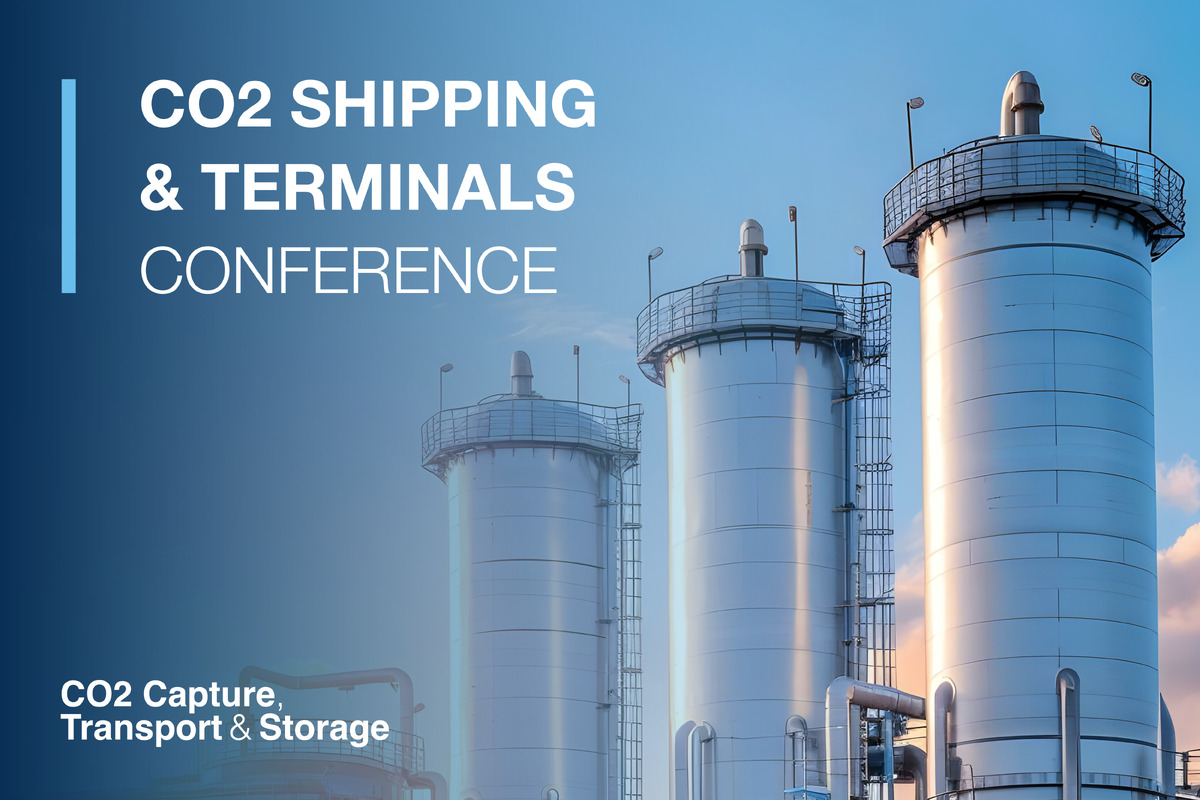Business Sectors
Contents
Register to read more articles.
Alternative fuels and energy efficiency: two sides of the same coin
DNV Americas regional manager, Craig Koehne, discusses the measures that will yield substantial fuel and emissions savings during the transition to expensive carbon-neutral fuels
“Maritime decarbonisation is like a two-sided coin,” explains DNV Maritime Americas regional manager, Craig Koehne. One side of that coin is carbon-neutral fuels. “The ultimate decarbonisation of our industry is through alternative fuels,” says Mr Koehne, “and we will get to that point.”
But as Mr Koehne and the industry well know, that point is years away. The lack of availability is a major sticking point for alternative marine fuel options. Production volumes of carbon-neutral fuels are low and there is a lack of bunkering facilities for such fuels in ports.
“But that doesn’t mean we should not do anything between now and then,” he quickly points out.
That is where the flip side of the coin comes in: energy efficiency. “The best fuel is the one you don’t burn,” he declares.
Speaking with us at CMA Shipping 2025 just prior to the outcome of IMO’s MEPC 83, Mr Koehne detailed some of the “low-hanging fruit”— operational and technical short-term measures —that are available now to ship operators that offer immediate incremental fuel savings and greenhouse gas (GHG) emissions reductions.
Among the quick wins he cites operational measures like speed reduction or using digitalisation to achieve route optimisation, and energy-saving technologies (ESTs) such as wind-assisted propulsion, air lubrication and specialised coatings.
“All of these can offer incremental savings that, when you combine them and you do it in the correct way, can lead to real fuel and emissions savings,” says Mr Koehne, suggesting possible gains of as much as 16% in energy efficiency.
“The best fuel is the one you don’t burn”
Estimated fuel and emissions savings from various operational measures and ESTs have been revealed in numerous reports, studies, webinars and conferences by DNV. Ship operators need to carefully assess their decarbonisation investments and overall strategies based on technology readiness levels, vessel types, vessel age, trade routes, whether they will be designed in a newbuild or retrofit on an existing vessel, cost and return on investment.
Speed optimisation, for instance, can be applied to a broad range of vessels, with bulk carriers, container ships, pure car truck carriers and tankers among the biggest beneficiaries. Optimising a ship’s speed can involve general speed reduction or slow steaming, speed management during the voyage and applying just-in-time arrival.
In its Energy-efficiency measures and technologies report, DNV estimates that a 10% reduction in speed for a displacement vessel could yield a reduction in fuel consumption by 27%. But such a speed change must also be balanced with commercial considerations, and while an operator might have the option, it will have to be evaluated with all stakeholders in mind. “However, to assess the total fuel saving on a voyage basis, one should consider the possible need for a larger fleet to carry out the transport work, yielding a total fuel saving typically between 10% and 20%,” says DNV.
And, as Mr Koehne rightly points out, wind-assisted propulsion systems (WAPS) are gaining a strong following, with some of the best use cases in large bulk carriers and small- and medium-sized tankers, with projections of 5-40% in efficiency gains.
“High-performance coatings have the largest impact on energy efficiency”
“Wind is the only energy source which delivers truly well-to-wake zero-emission propulsion power. It is entirely cost-free and thus future-proof,” says DNV.
High-performance coatings that can effectively minimise biofouling growth between drydockings have “by the far the largest impact on the energy efficiency of a vessel,” says DNV. The class society estimates capex of between US$50,000 to US$600,000, but efficiency gains of 2-8%.
And speaking of a ship’s bottom, air-lubrication systems (ALSs) that create a carpet of microbubbles on the bottom of a hull have seen a strong uptake in the LNG carrier and cruise ship segments. The capex for such systems can be expensive — between US$500,000 and US$3.5M — and existing vessels will be required to go into drydocking for a retrofit.
But DNV estimates an efficiency gain of potentially 8%.
“Some technologies work better than others for certain segments,” says Mr Koehne. “We are fuel and technology agnostic, and we set rules and notations to ensure that they are used safely.”
Mr Koehne emphasises that it is vital for ship operators to undertake energy efficiency measures now to prepare for the tougher road ahead, involving higher-cost carbon-neutral fuels with lower energy densities. These more expensive alternative fuels will need to be adopted to lower the cost of compliance with FuelEU Maritime, the EU Emissions Trading Scheme, and IMO’s GHG Fuel Intensity and carbon pricing mechanism.
And all the alternative fuels will require substantially more storage space onboard than conventional marine fuels: methanol (2.5 times), LNG (1.9 times), ammonia (4.5 times), liquid hydrogen (eight times) and compressed hydrogen (13 times).
Ship operators should plan their decarbonisation strategy in parallel paths, says Mr Koehne: “What alternative fuel are you going to adopt? What are you doing now to lessen the amount of fuel you will need to burn?”
Related to this Story
Events
Reefer container market outlook: Trade disruption, demand shifts & the role of technology
Asia Maritime & Offshore Webinar Week 2025
Marine Lubricants Webinar Week 2025
CO2 Shipping & Terminals Conference 2025
© 2024 Riviera Maritime Media Ltd.



